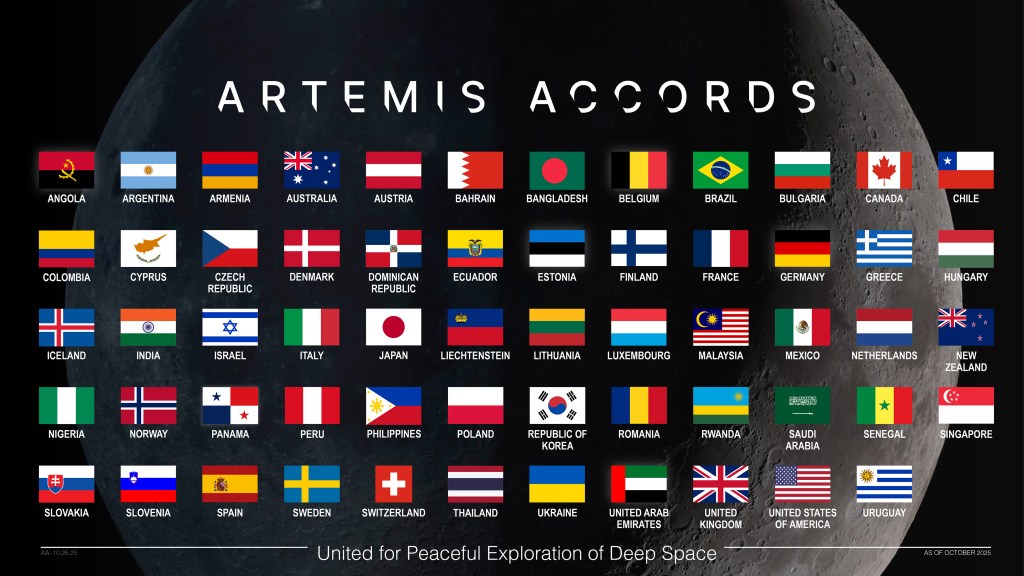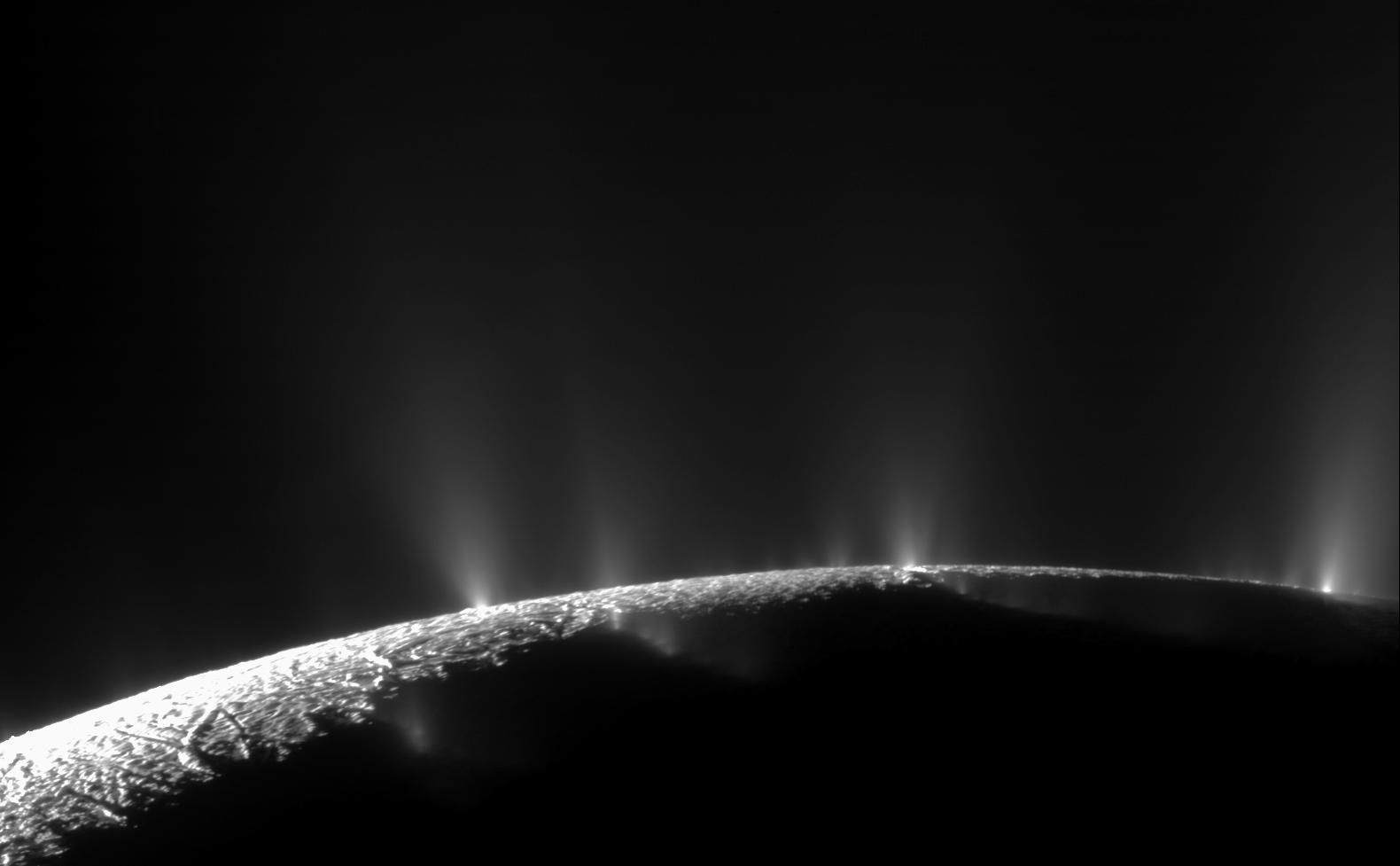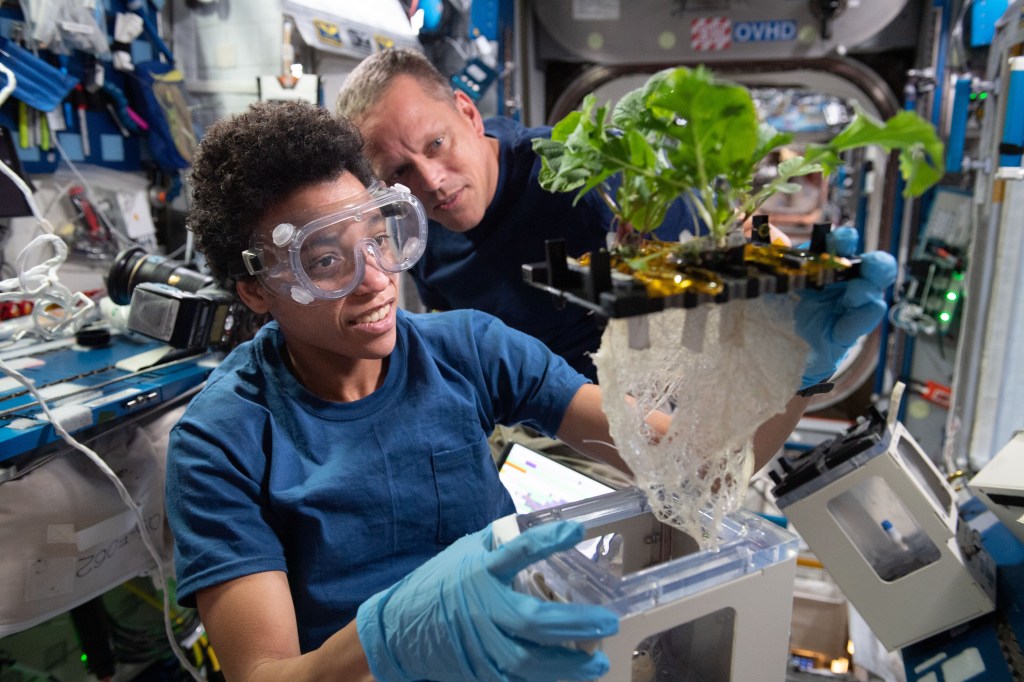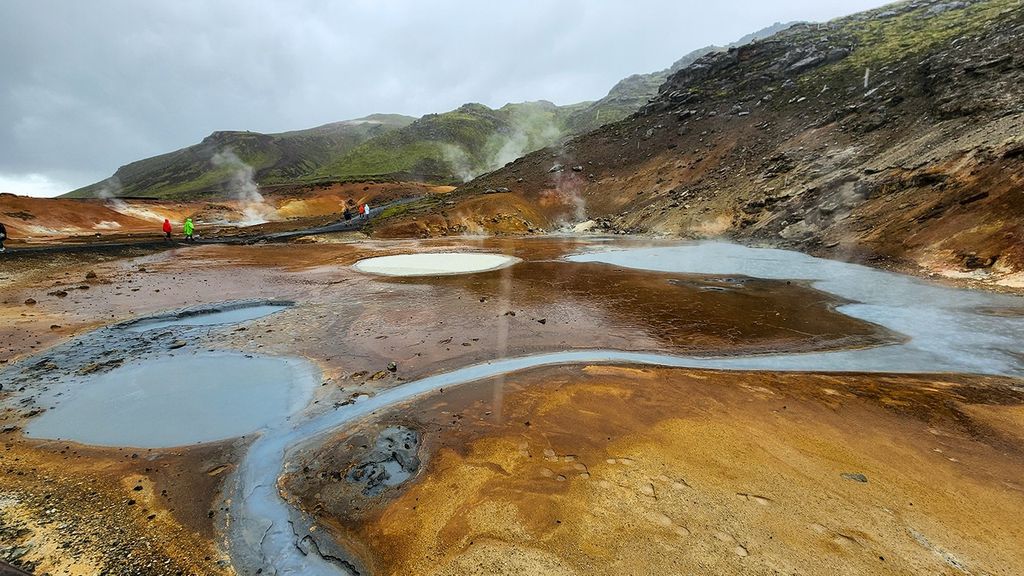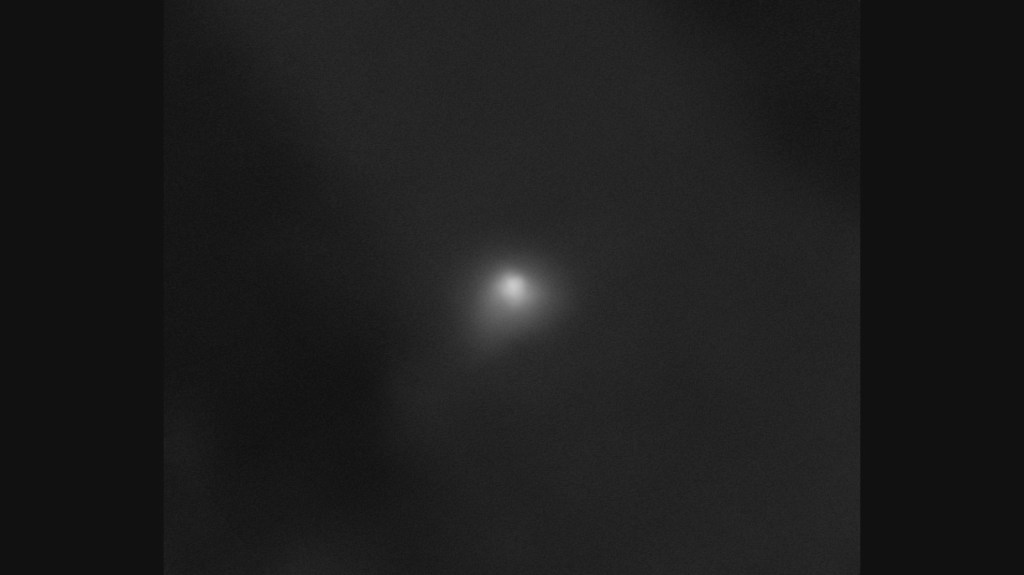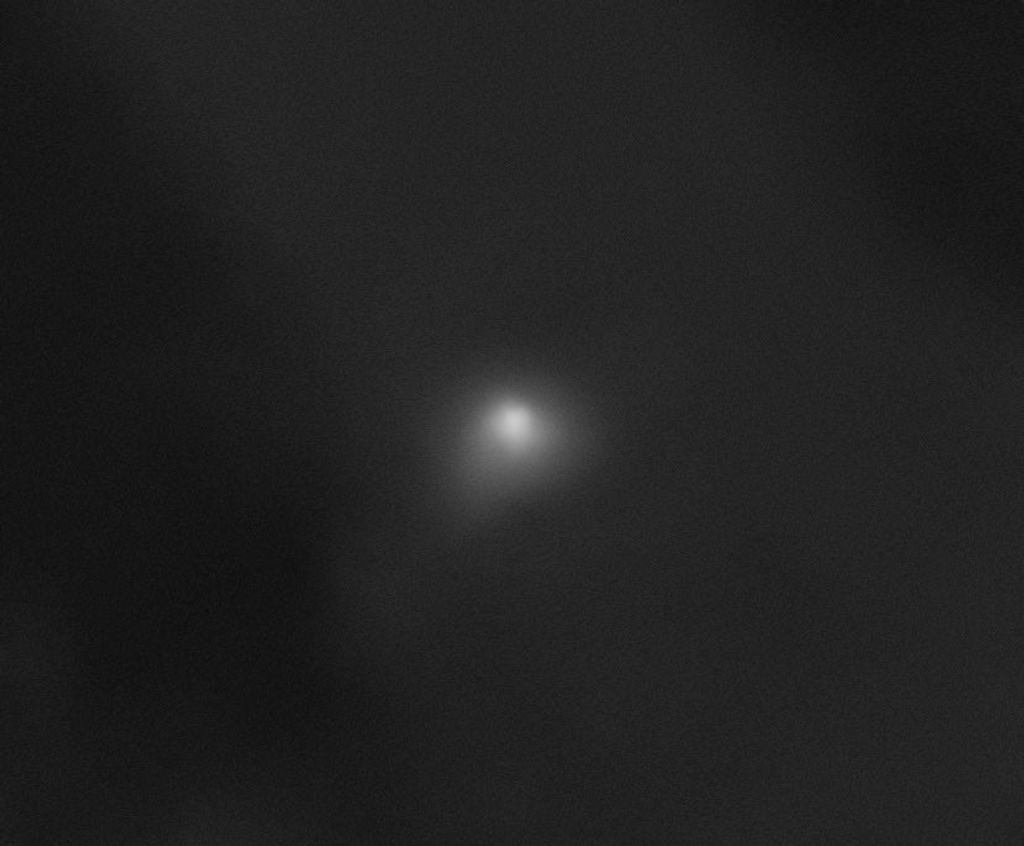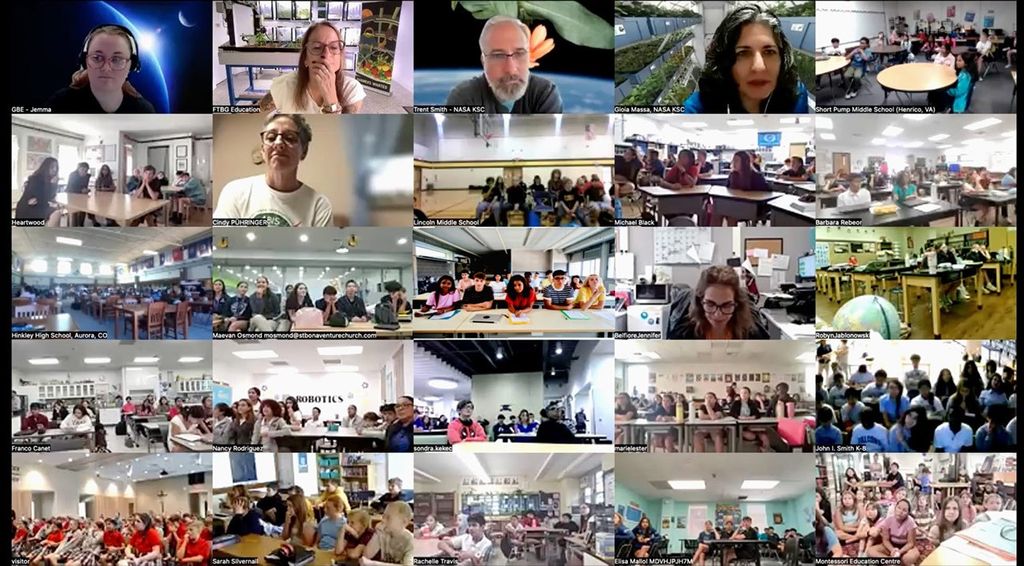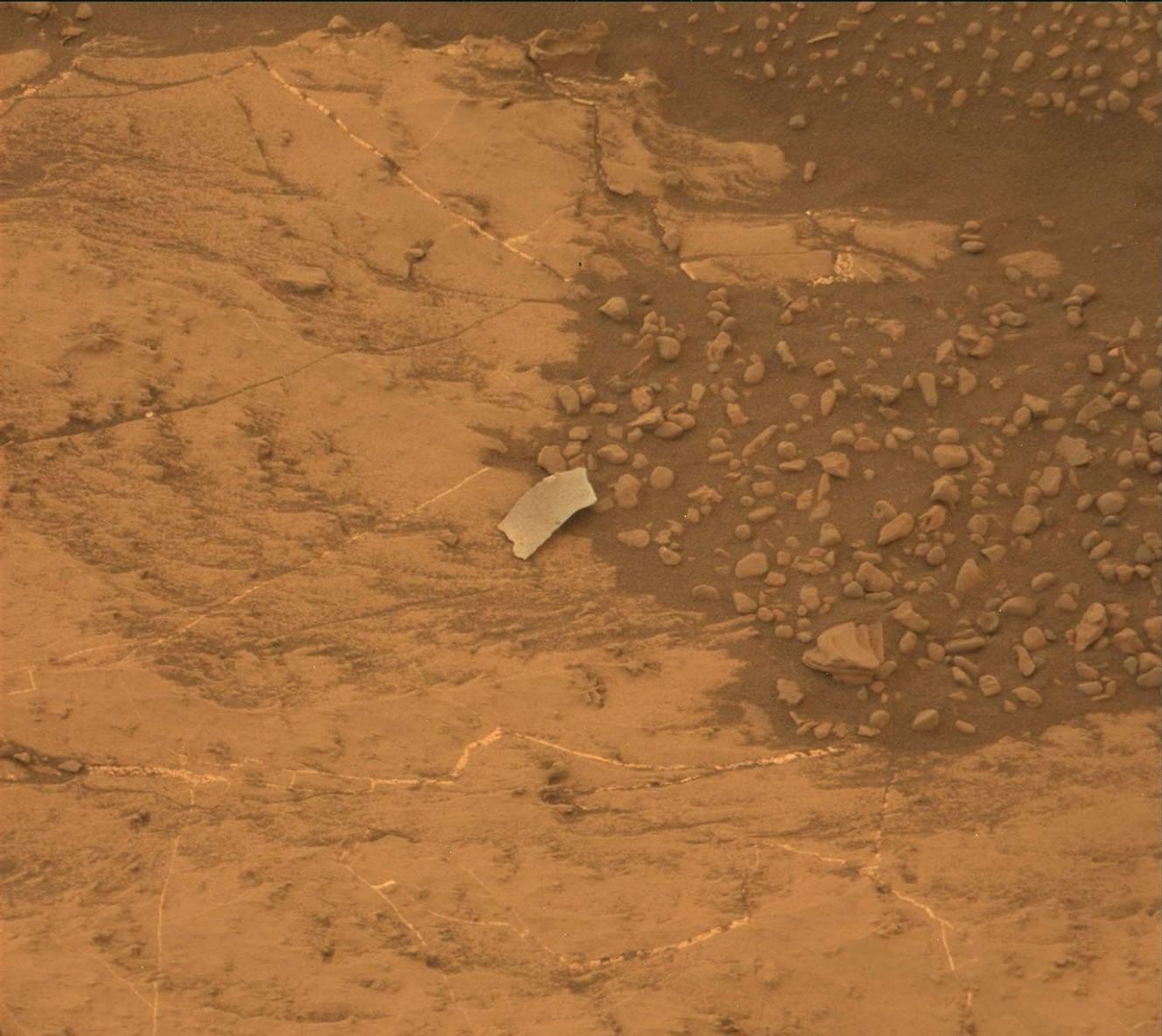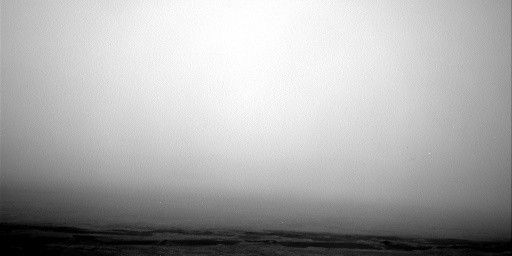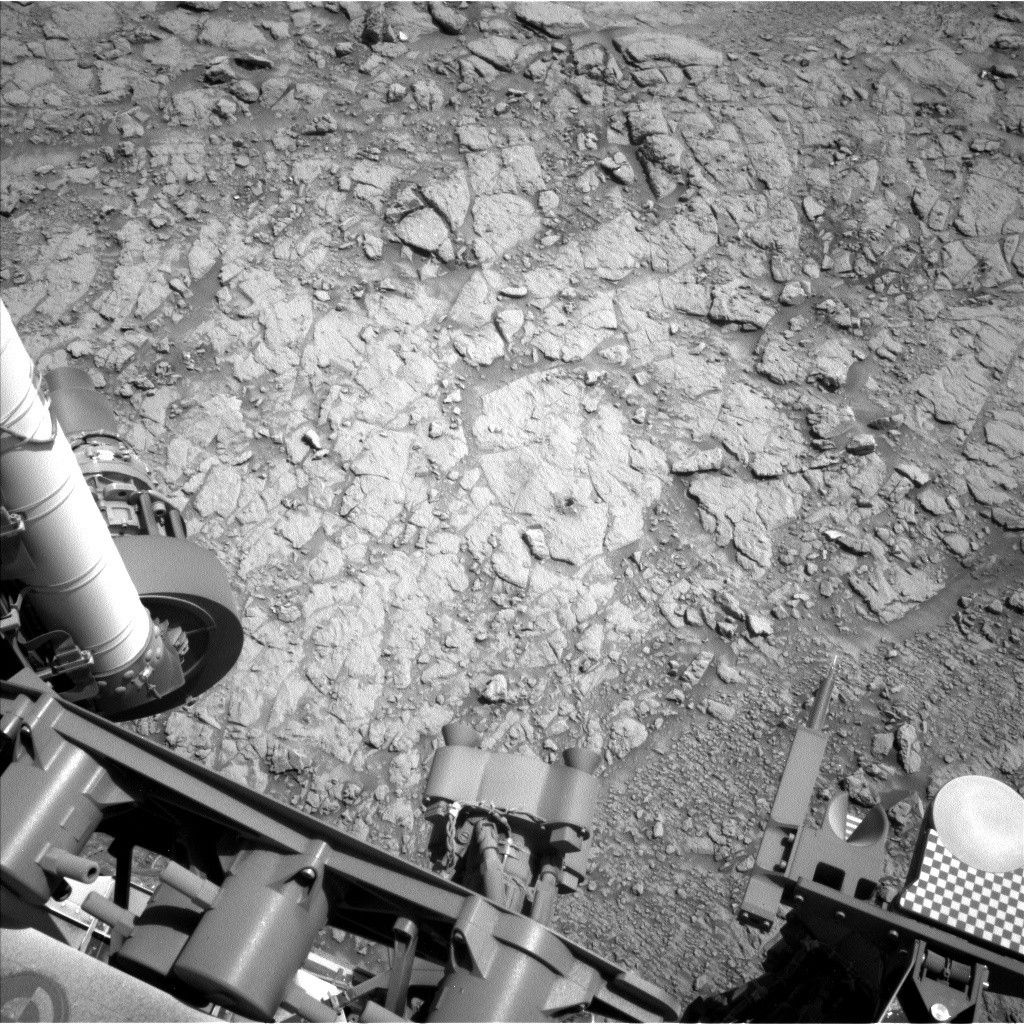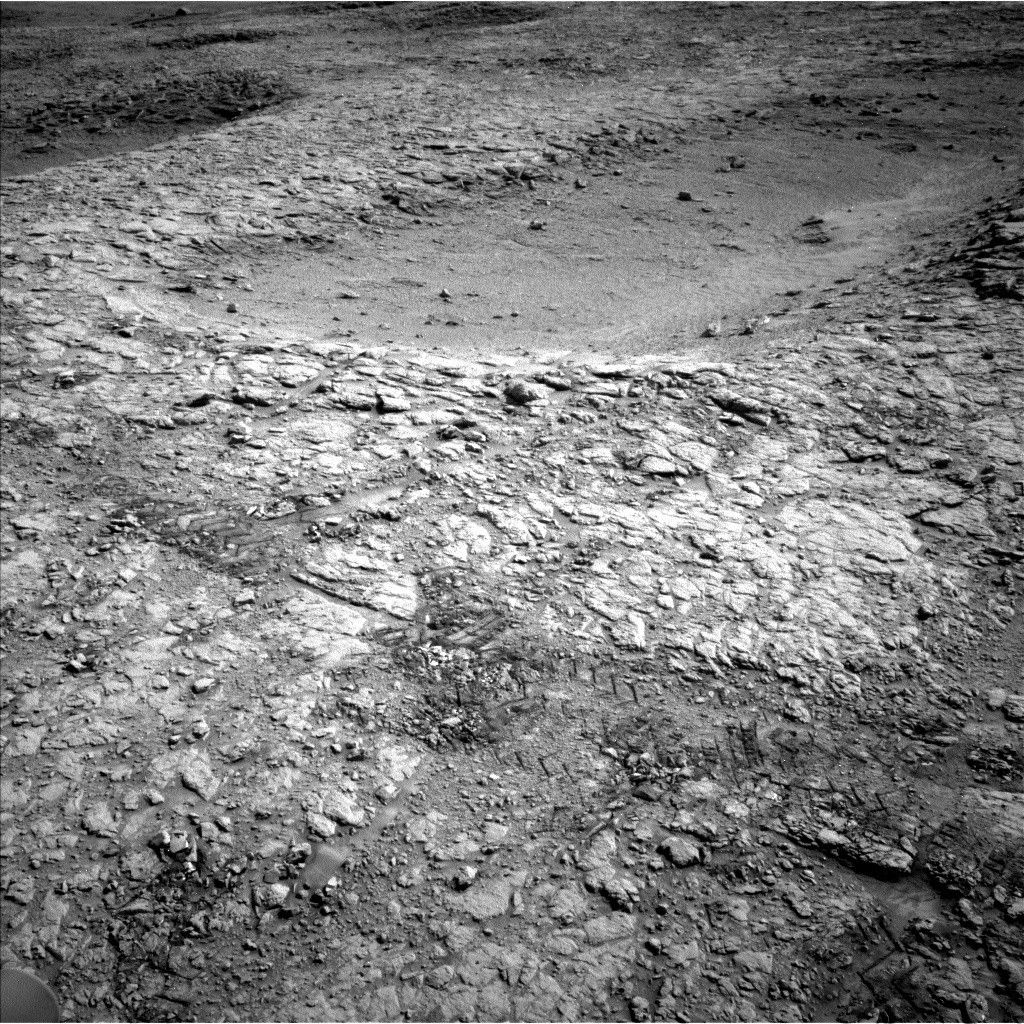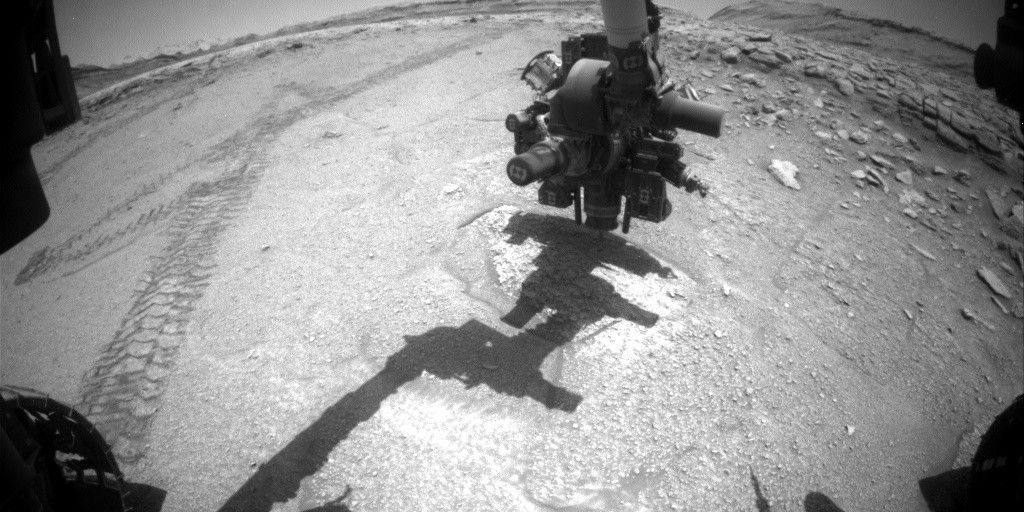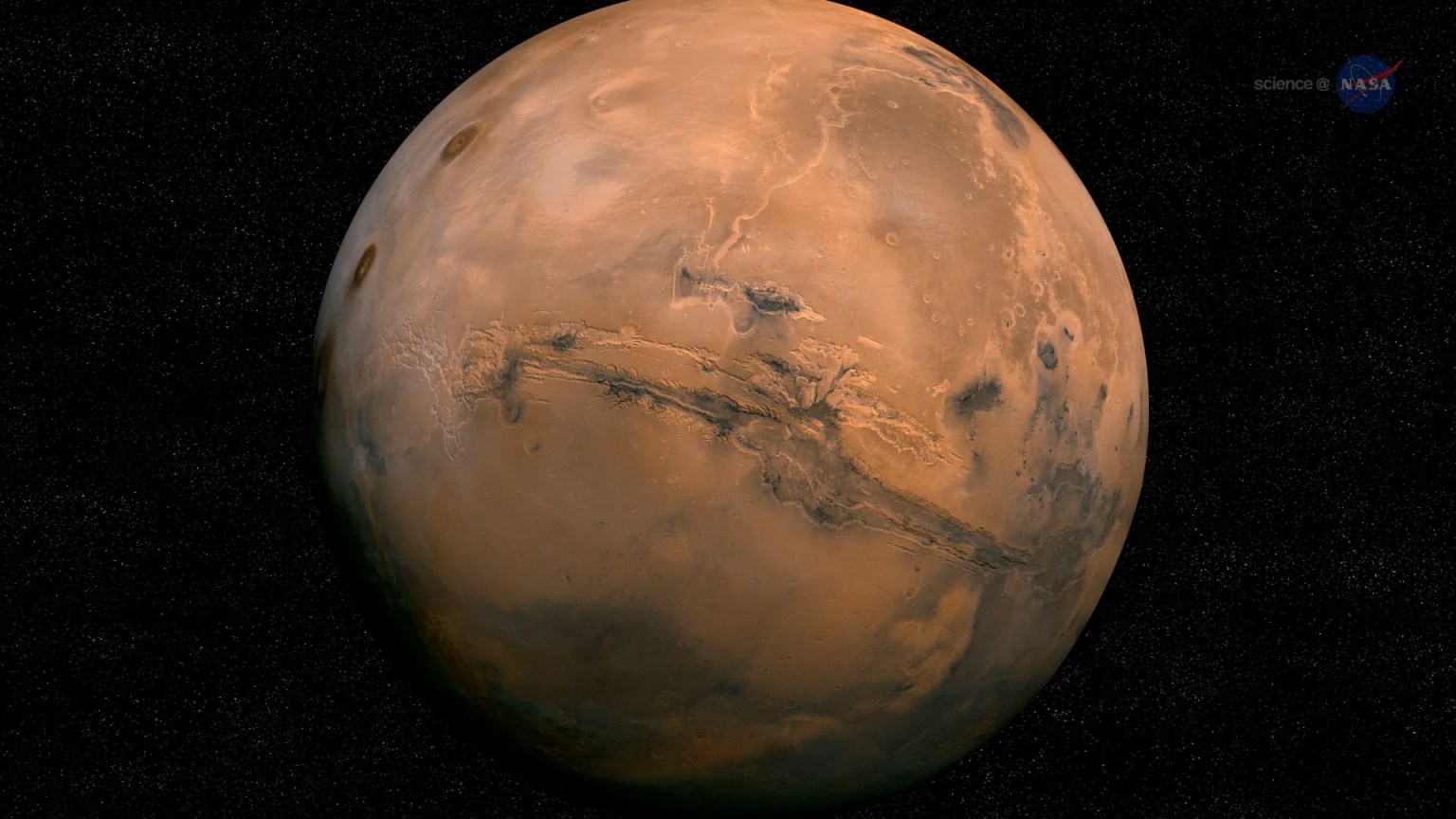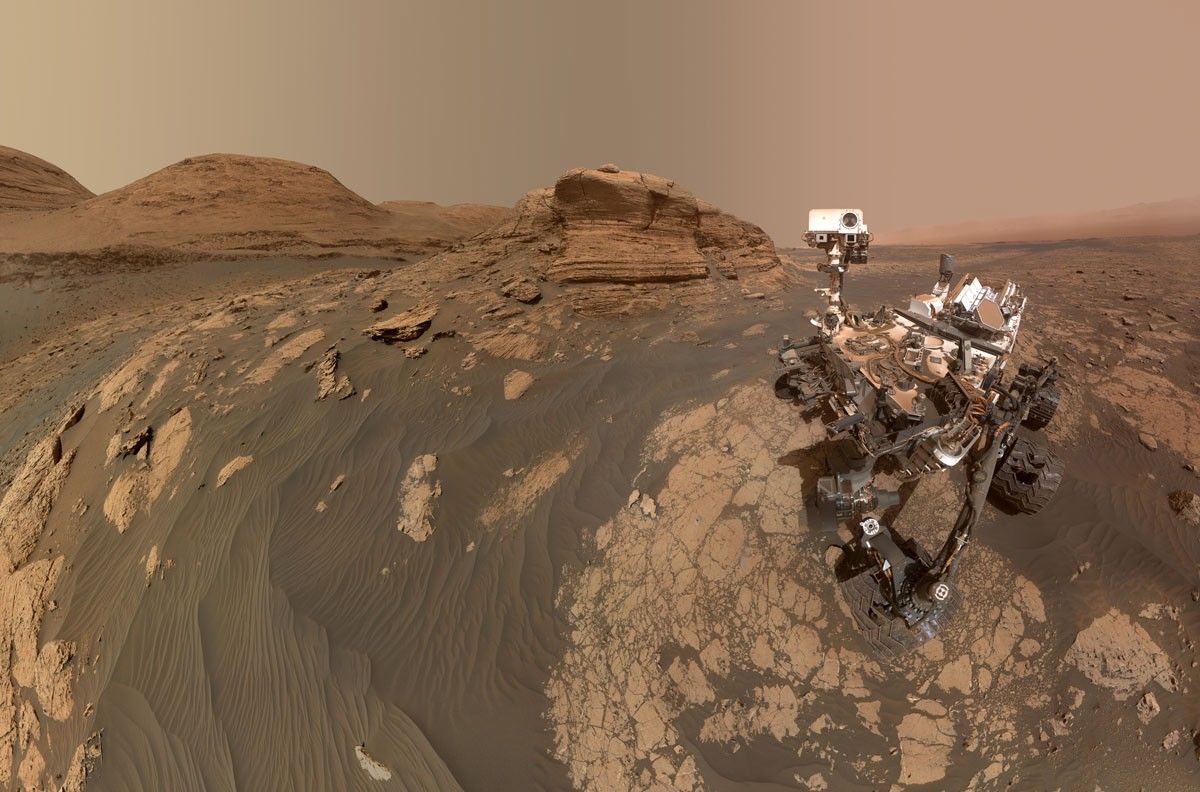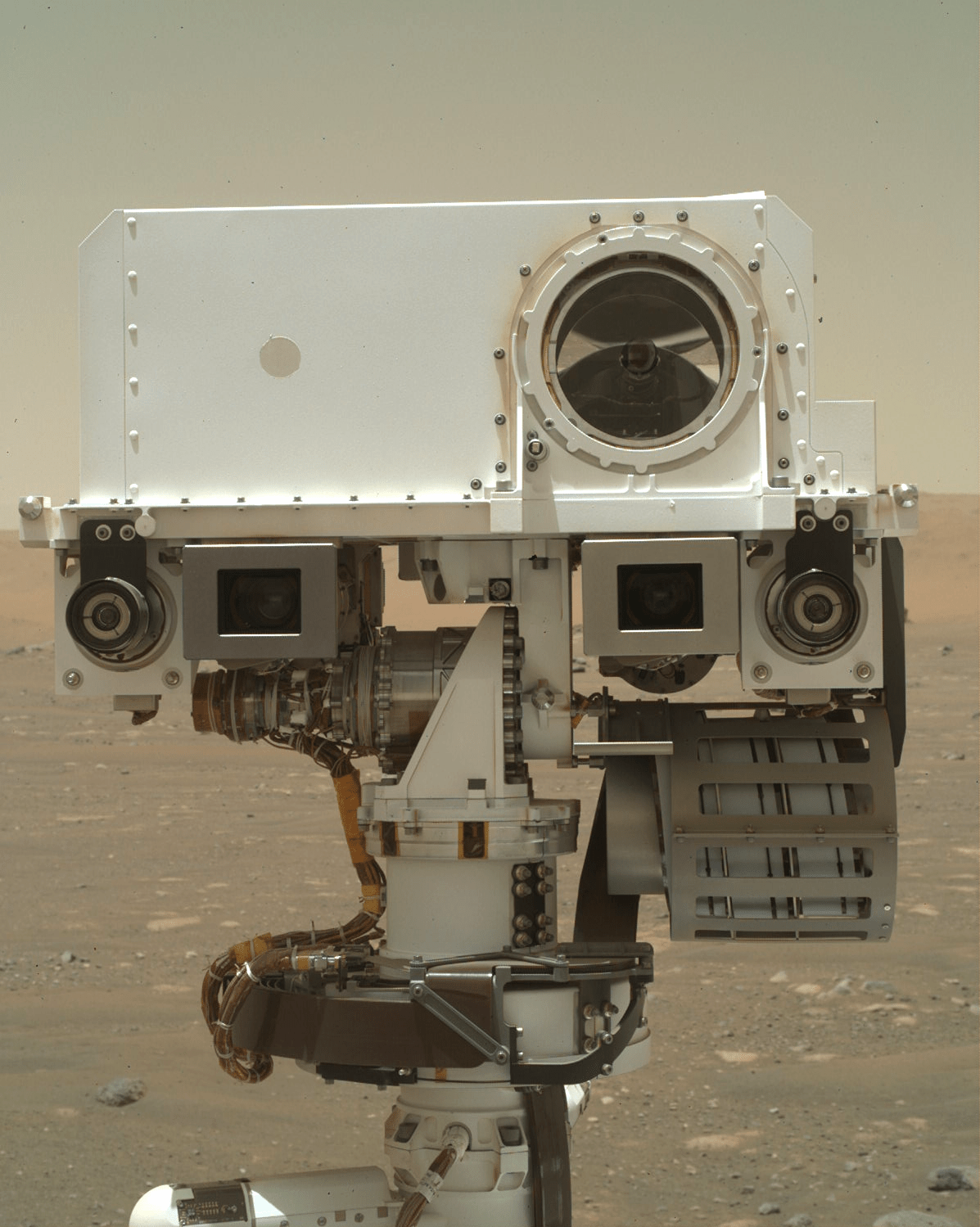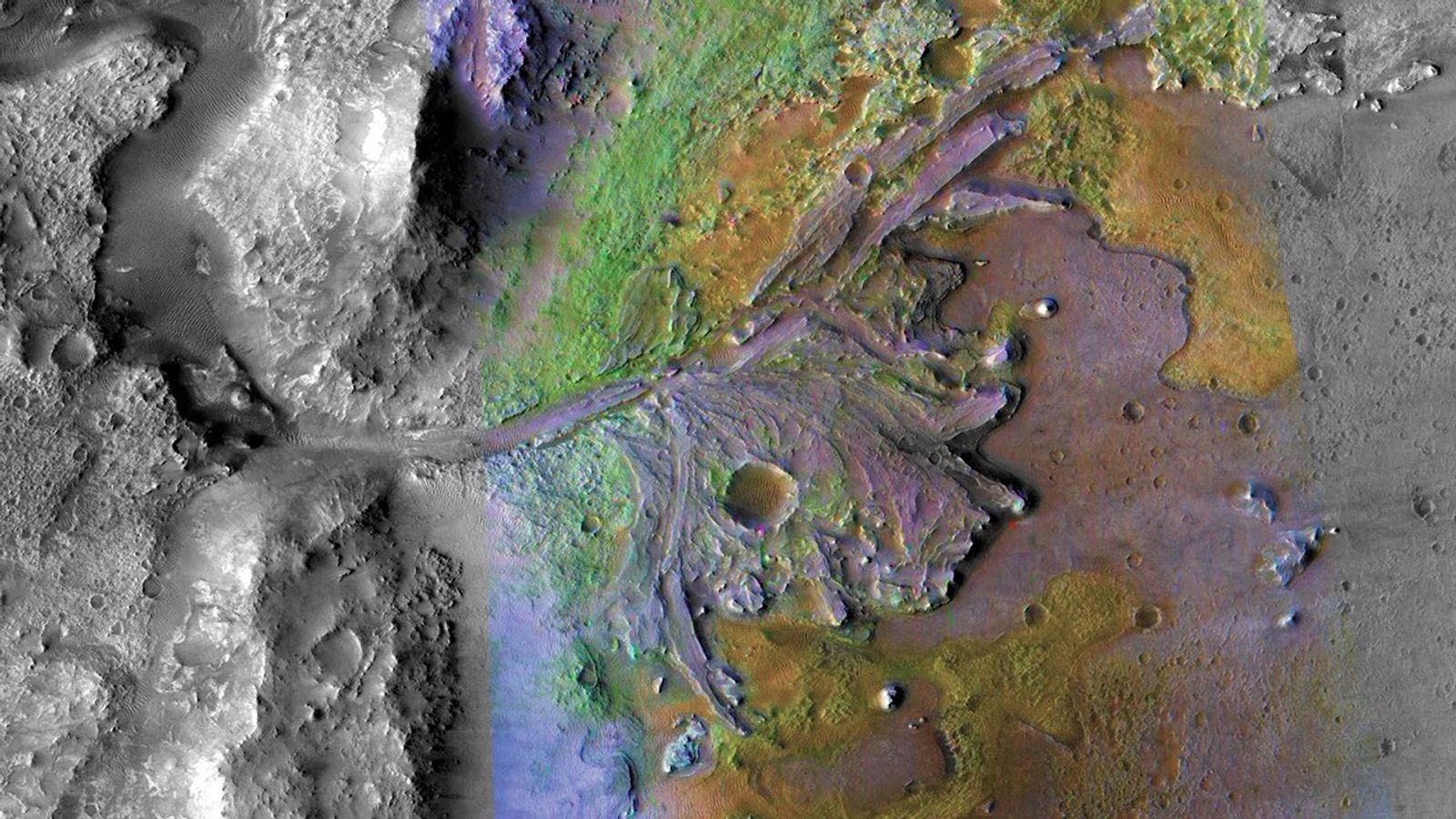The planning day began with an interesting result from the previous plan's ChemCam RMI analysis of a target that was referred to as "Pettegrove Point Foreign Object Debris" (PPFOD), and speculated to be a piece of spacecraft debris. In fact it was found to be a very thin flake of rock, so we can all rest easy tonight - Curiosity has not begun to shed its skin! Perhaps the target should have been given a different name befitting the theme of the current quadrangle in which Curiosity resides: "Rabhadh Ceàrr", or "False Alarm" in Scottish Gaelic.
While indications of mechanical success from the previous plan's CheMin analysis of the drill sample at the "Stoer" target were received, the data will not be down until late this evening, so the drill campaign is taking a small hiatus to do some remote observations in this two-sol plan.
Environmental monitoring of the dust opacity or "tau" in Gale crater continues with multiple observations planned on each sol to observe diurnal variations, as well as the day-to-day trends as the global dust storm declines (as seen in the Navcam image below, the crater is still quite dusty!). Additional cloud monitoring observations and a dust devil survey are also included.
ChemCam will be taking the remote sensing to another level with its laser (LIBS) on targets "Balnakeil," "Ben Arkle," "Traboyack," and "Strontian 2" in the late morning of sol 2143, and "Loch Ranza" and "Strathconon" in the late morning of 2144. Following the ChemCam activities, Mastcam will provide additional change detection monitoring of the LIBS targets, as well as targets "Belhelvie," "Camas_Mor," "Sandray," and the drill tailings of the "Stoer" drill target. These observations will take place on both sols to observe the effect of the wind on the tailings and regolith.
Once the SAM team receives the preliminary results of the CheMin analysis, they will decide whether or not to request a SAM drop-off in the weekend plan, to prepare the drill sample for baking in an oven for what's known as an "evolved gas analysis" (EGA).
Written by Brittney Cooper, Atmospheric Scientist at York University


